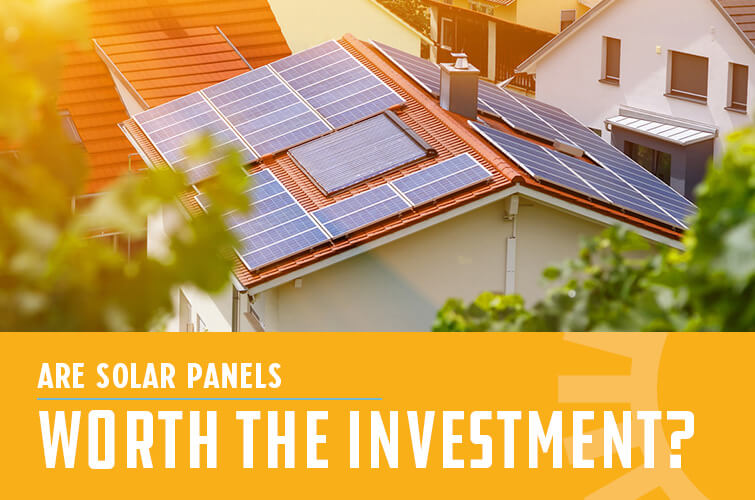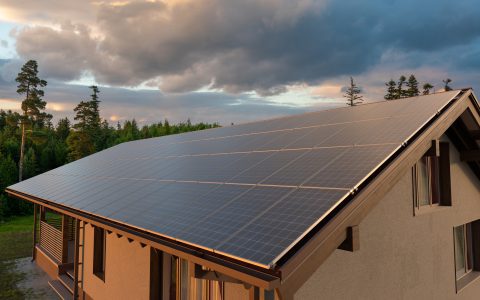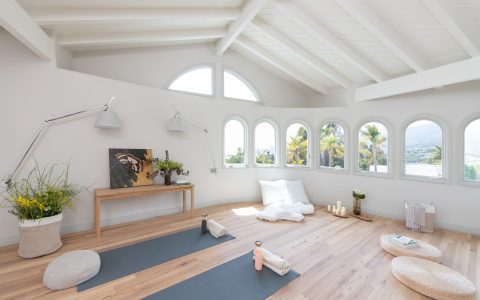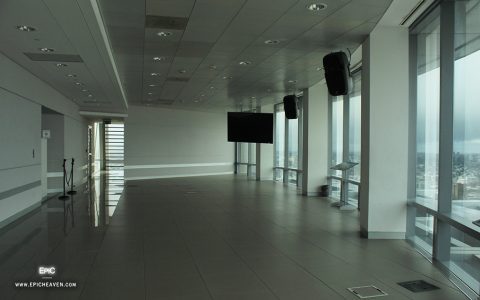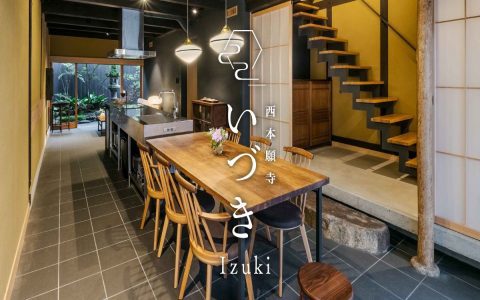Integrating solar panels onto buildings, known as Building-Integrated Photovoltaics (BIPV) or Building-Applied Photovoltaics (BAPV), represents a significant step towards sustainable energy generation and architectural innovation. This approach transforms building envelopes into active energy-producing assets.
Key Benefits
- Energy Generation: On-site electricity production reduces reliance on the grid and lowers energy bills.
- Reduced Carbon Footprint: Generates clean, renewable energy, contributing to lower greenhouse gas emissions.
- Architectural Integration: Modern solar technologies can be aesthetically pleasing and seamlessly integrated into building design, including roofs, facades, and windows.
- Increased Property Value: Buildings equipped with solar panels often see an increase in market value and appeal.
- Energy Independence: Provides a degree of energy autonomy, especially valuable during power outages if paired with storage solutions.
- Material Replacement: In BIPV systems, solar materials can replace traditional building materials, potentially offsetting costs.
Types of Solar Panel Applications on Buildings
Several methods exist for incorporating solar technology into buildings:
- Rooftop Systems (BAPV): The most common application, where standard solar panels are mounted on existing or new roofs. Suitable for flat or pitched roofs.
- Building-Integrated Photovoltaics (BIPV): Solar materials are an integral part of the building envelope. Examples include:
- Solar Roof Tiles/Shingles: Photovoltaic materials designed to look and function like traditional roofing materials.
- Solar Facades: Solar panels integrated into the building's walls, curtain walls, or cladding.
- Solar Glazing/Windows: Semi-transparent photovoltaic cells embedded in windows or skylights, allowing light transmission while generating electricity.
- Solar Awnings and Canopies: Photovoltaic structures that provide shade while also generating power.
Important Considerations for Implementation
- Structural Integrity: The building must be able to support the additional weight of solar panels, especially for rooftop installations.
- Solar Irradiance and Shading: Optimal orientation (typically south-facing in the Northern Hemisphere) and minimal shading are crucial for maximizing energy output.
- Local Regulations and Incentives: Building codes, zoning laws, permitting processes, and available financial incentives (tax credits, rebates) vary by location.
- System Sizing and Energy Needs: The system should be appropriately sized to meet the building's energy consumption patterns and goals.
- Maintenance Requirements: While generally low, periodic cleaning and inspection are necessary for optimal performance.
- Grid Connection: Understanding interconnection standards and agreements with local utility providers is essential.
- Cost and ROI: Initial investment costs versus long-term savings and return on investment need careful evaluation.
Future Outlook
The field of solar panels on buildings is continually evolving. Advances include more efficient and flexible solar cells, improved aesthetics, transparent solar technologies, and enhanced integration with smart building management systems. As costs decrease and technology improves, the adoption of solar energy solutions in the built environment is expected to accelerate, playing a vital role in creating net-zero energy buildings and sustainable cities.
